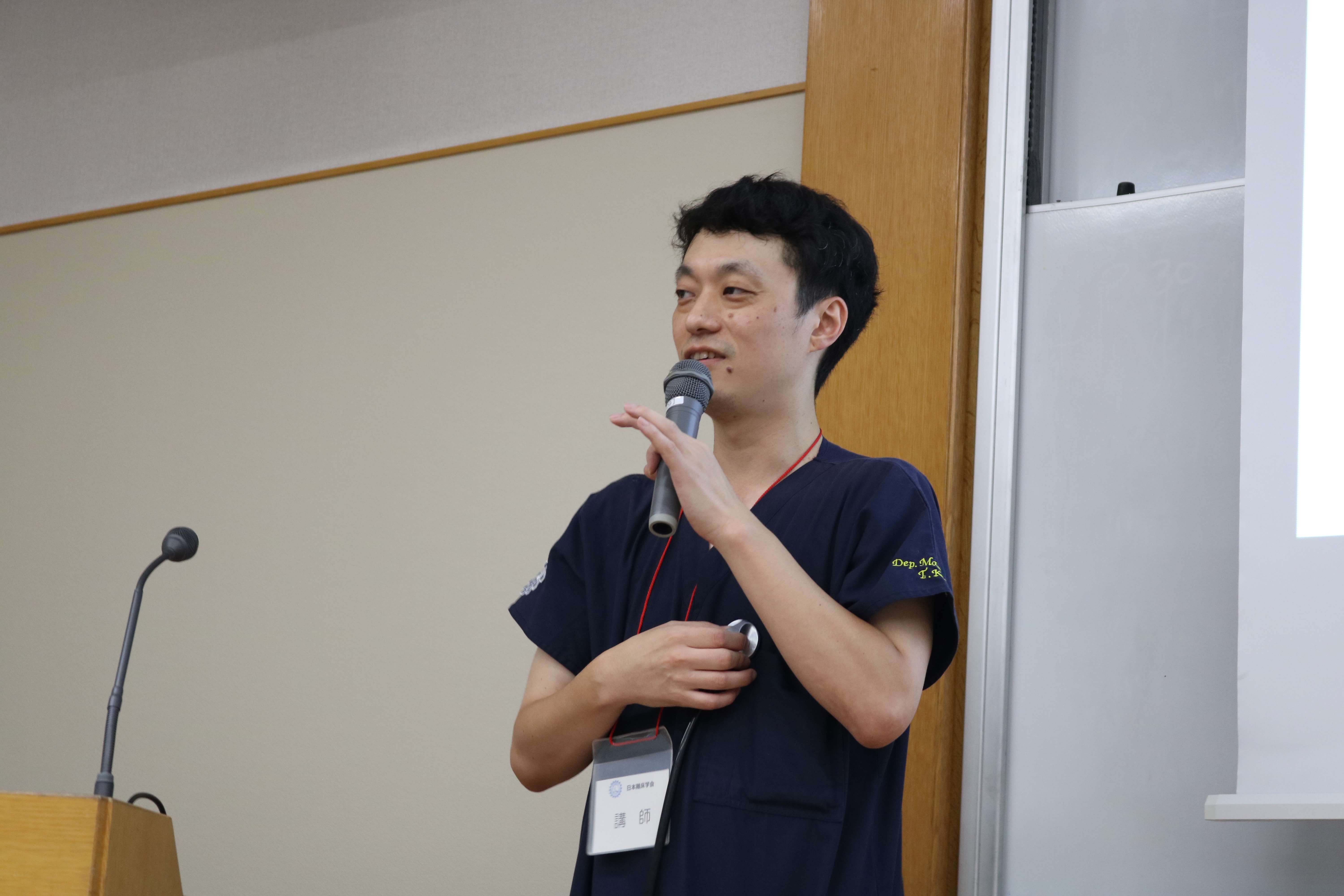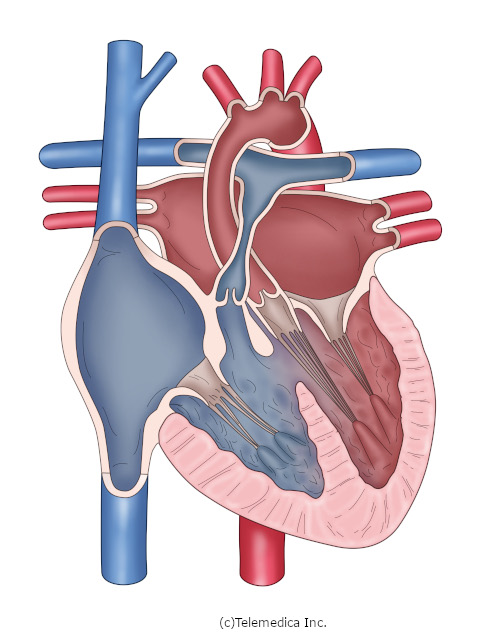よりよい信頼関係づくりのために
聴診教育に取り組んでいます



Q:講師側のお立場から今回ご利用いただいたiPaxはどのようにお感じになりましたか? 従来の教材やシミュレータとの比較、利点と不足点などをお聞かせください。
A:iPaxを使うと画面上の聴診器を動かした部位の音が聴けるので、リアル感があり好評でした。若干、音が聴こえてほしい部位(前胸部中葉)での呼吸音が聞き取りづらいことがあり、こちらの不手際なのか、システムの問題なのか難しい部分もありました。
テレメディカのコメント:iPaxでは前胸部中葉付近に肺胞呼吸音が設定されています。この音は気管呼吸音や気管支呼吸音に比べて音程が低く音量も小さいため聴き取りにくいという点があります。パソコンで再生したiPaxの聴診音を会場に出力する際には、アンプを通して重低音対応スピーカに出力することで音は大きくすることができます。または、聴くゾウをご利用になれば、大掛かりな音響システムを利用しなくても聴診音を共有することができます。
Q:受講者の観点から、iPaxはどのような教材でしたでしょうか?従来の教材との比較、利点と不足点などをお聞かせください。
A:受講生からは新しい製品として驚きの声があがり、教育観点での使用として興味深かったようです。
テレメディカのコメント:ありがとうございます。他の学会にiPaxを企業展示したときにも類似のご意見をいただいています。ご参照ください。
新生児症例1:右室流出路狭窄による心雑音
本症例では心音と腸音を聴取する
ファロー四徴症
在胎36週5日、出生体重2374 g。Noonan症候群、ファロー四徴症の児。
日齢3。心拍数156bpm。
Ⅱ音の分裂はごくわずかで、再生スピードを落とさないと分からないくらい。
収縮期に駆出性の雑音が聞こえる。
右室流出路狭窄(肺動脈弁下、7mmに渡る狭窄)からの雑音。
背景にはわずかに心電図モニターのアラーム音が聞こえる。
ファロー四徴症心臓イラスト

心音スペクトラム
2RSB
監修
甘利昭一郎先生(国立成育医療研究センター周産期・母性診療センター 新生児科)


音源の「症例リスト」一例
\ 合計700症例以上 /
心音(iPax症例)

・正常心音
・S2呼吸性分裂
・S2異常分裂
・S3ギャロップ
・S4ギャロップ
・サメーションギャロップ
・大動脈弁狭窄
・大動脈弁閉鎖不全
・僧帽弁狭窄
・僧帽弁閉鎖不全
肺音(iPax症例)

・正常肺音
・ファインクラックルズ
・コースクラックルズ
・ウィージズ
・ロンカイ
・ウィージズ+ロンカイ
・コースクラックルズ+ロンカイ
・コースクラックルズ+スクウォーク +ロンカイ
・空洞呼吸
・気管支呼吸音低下
その他聴診音

・コロトコフ音
(脈触診機能あり含む)
・グル音
(メタリックサウンド含む)
・透析シャント音
ケーススタディ

・心不全
(僧帽弁閉鎖不全)
・心不全
(僧帽弁閉鎖不全+三尖弁閉鎖不全 +心房細動)
・胸痛の症例
・心電図異常がある症例
・MTX肺の関節リウマチ症例
・関節リウマチに伴う間質性肺炎 COPD合併例
・蜂巣肺のない特発性肺疾患症例
・高MDA-5抗体陽性皮膚筋炎症例
・新生児症例
\ リストに無い症例やオリジナル症例を希望の場合は、テレメディカが音源を作成して提供します /